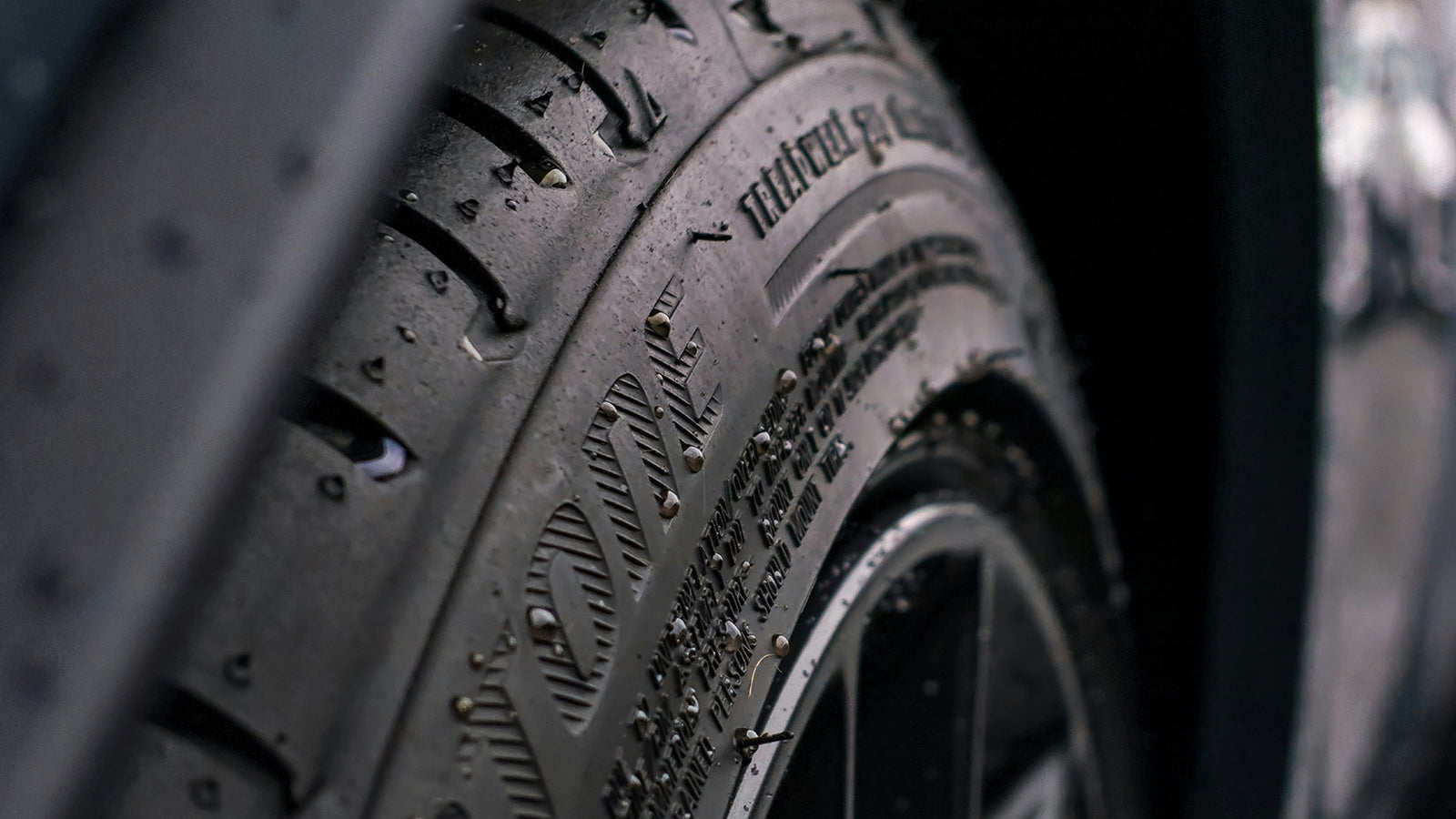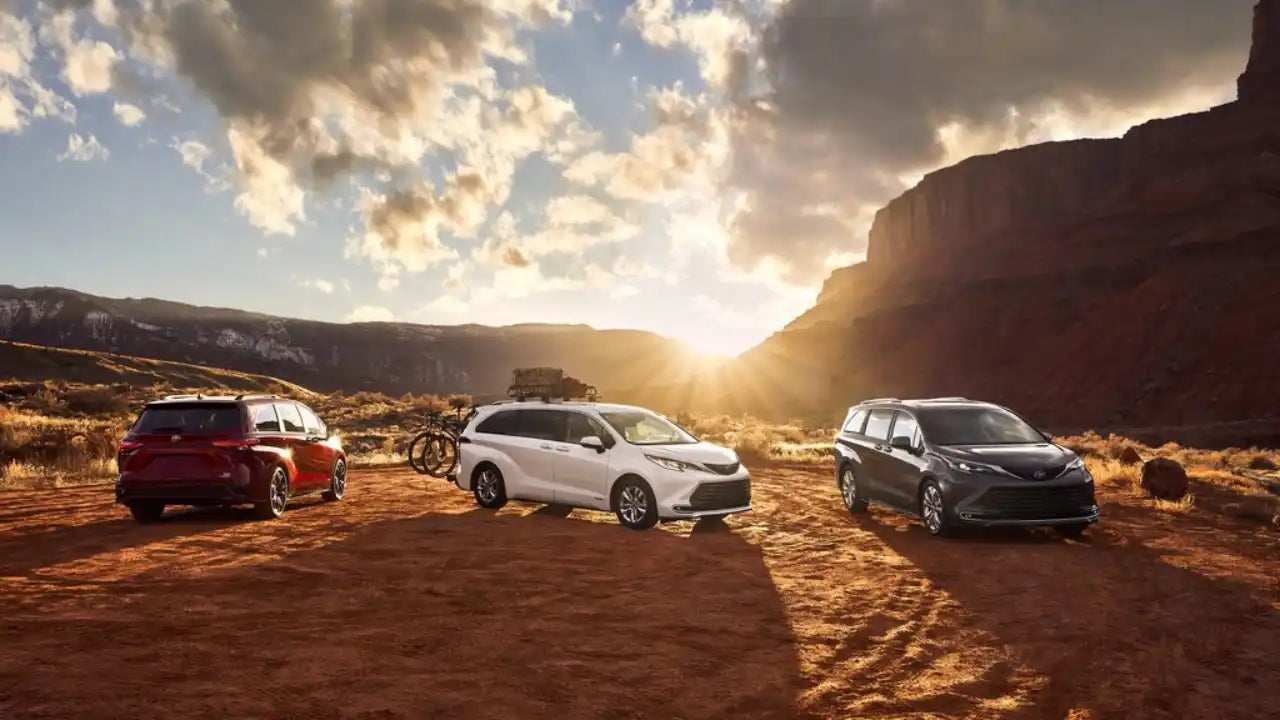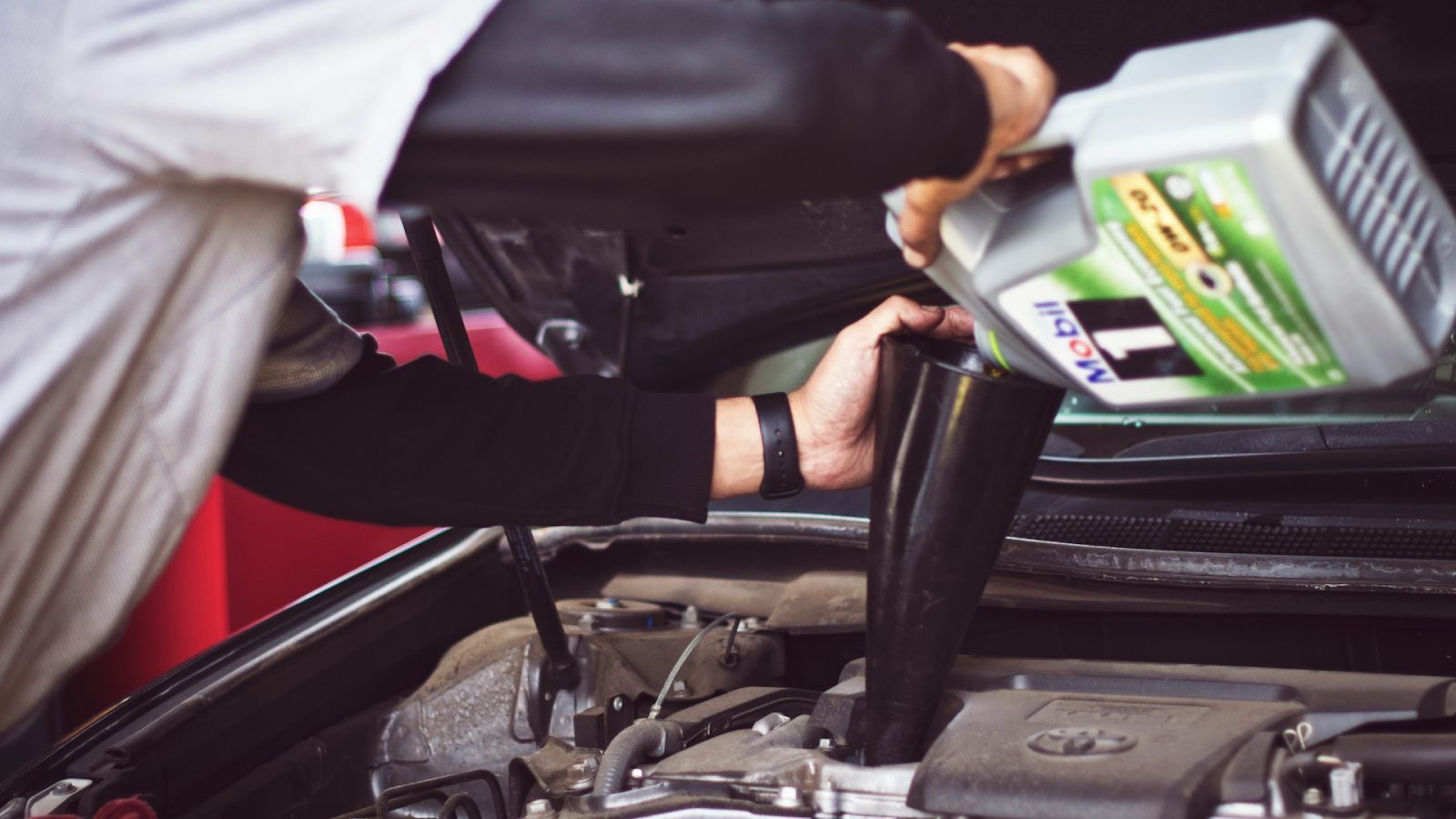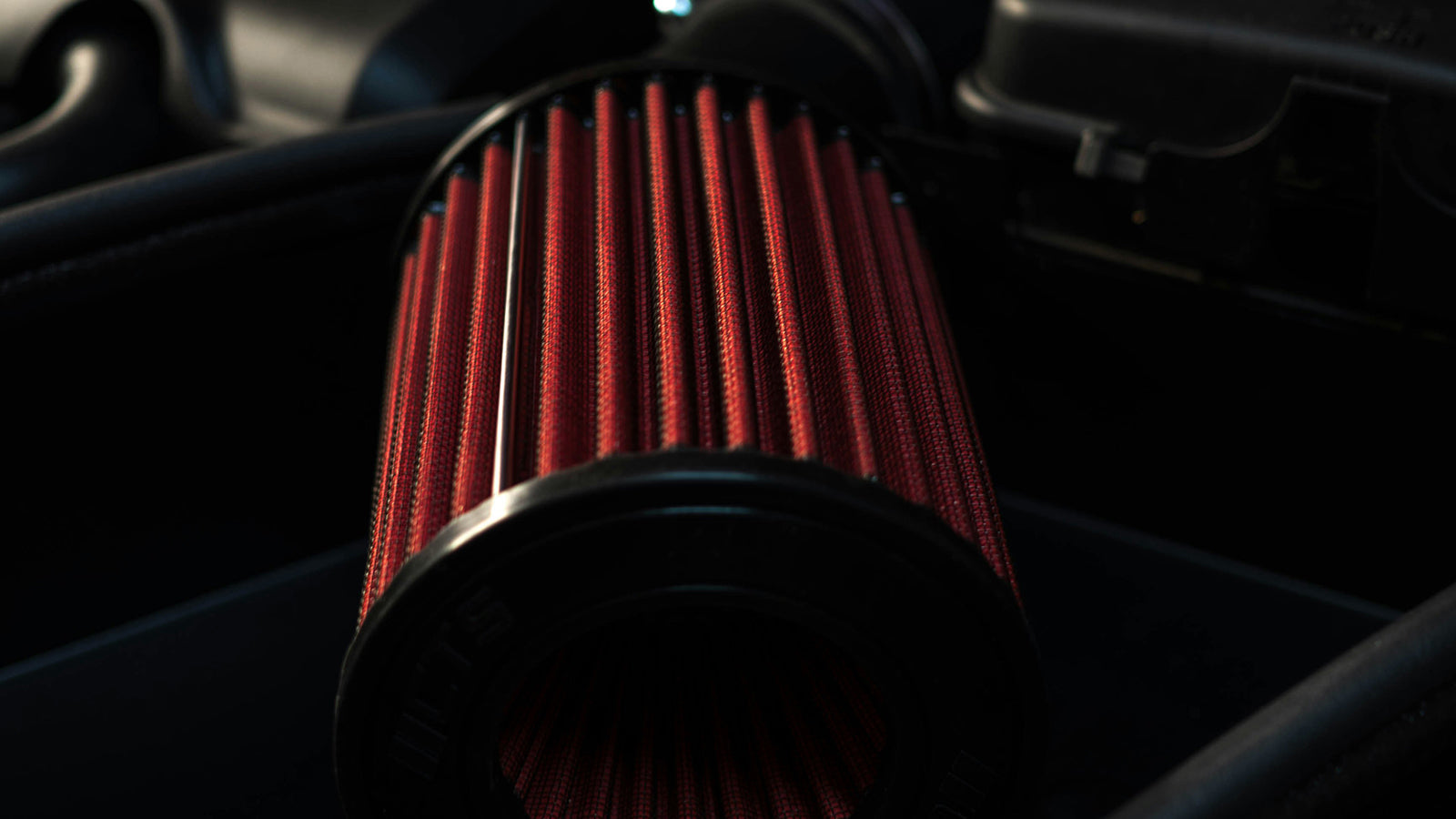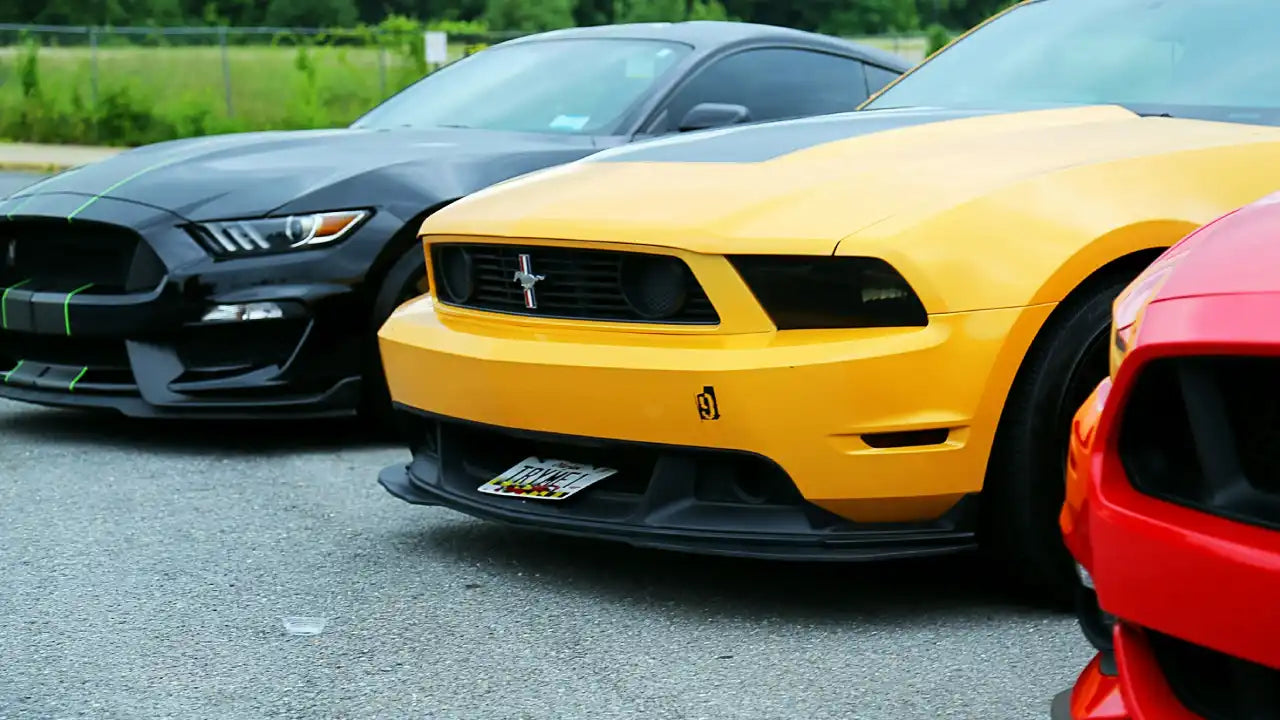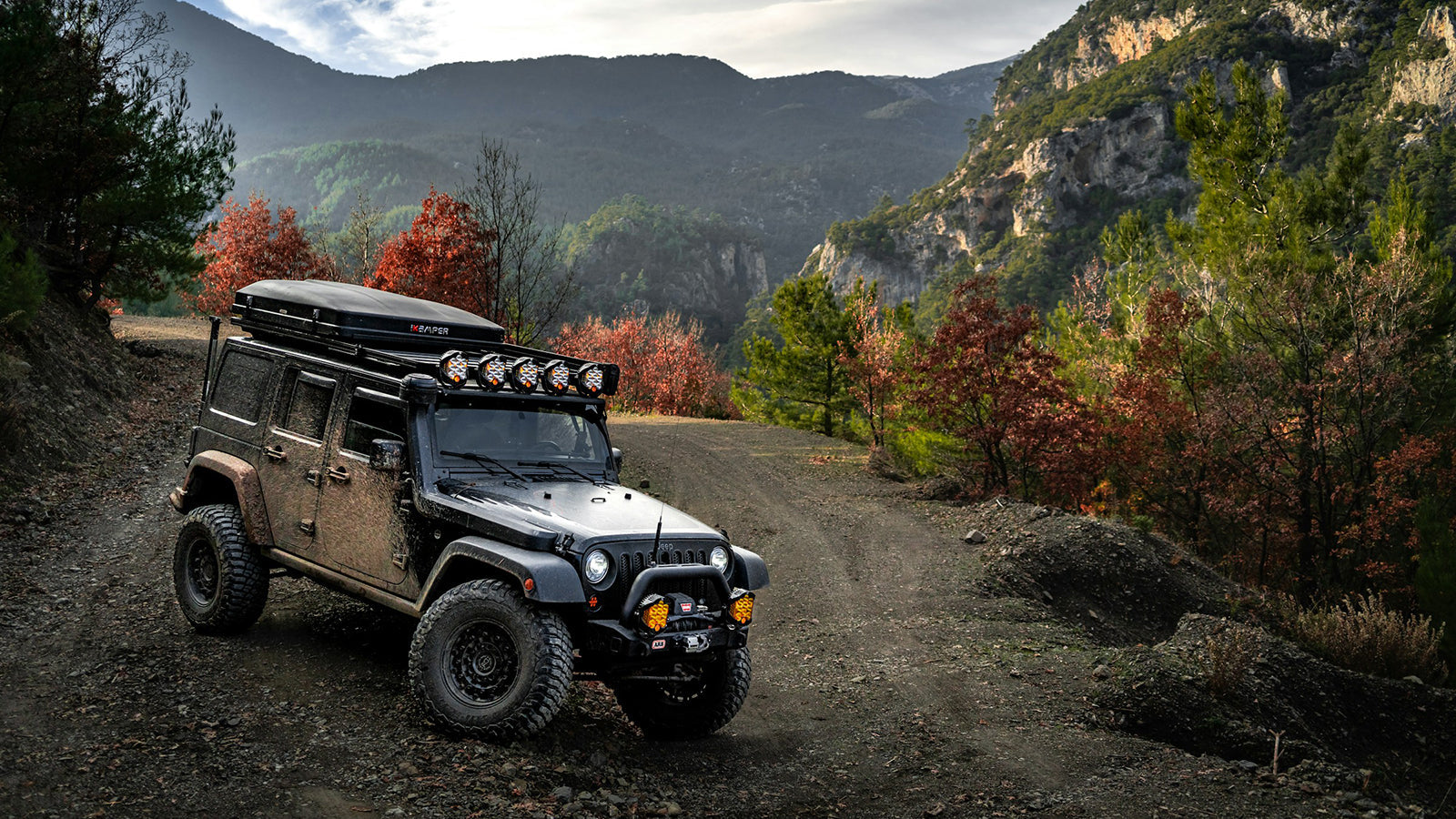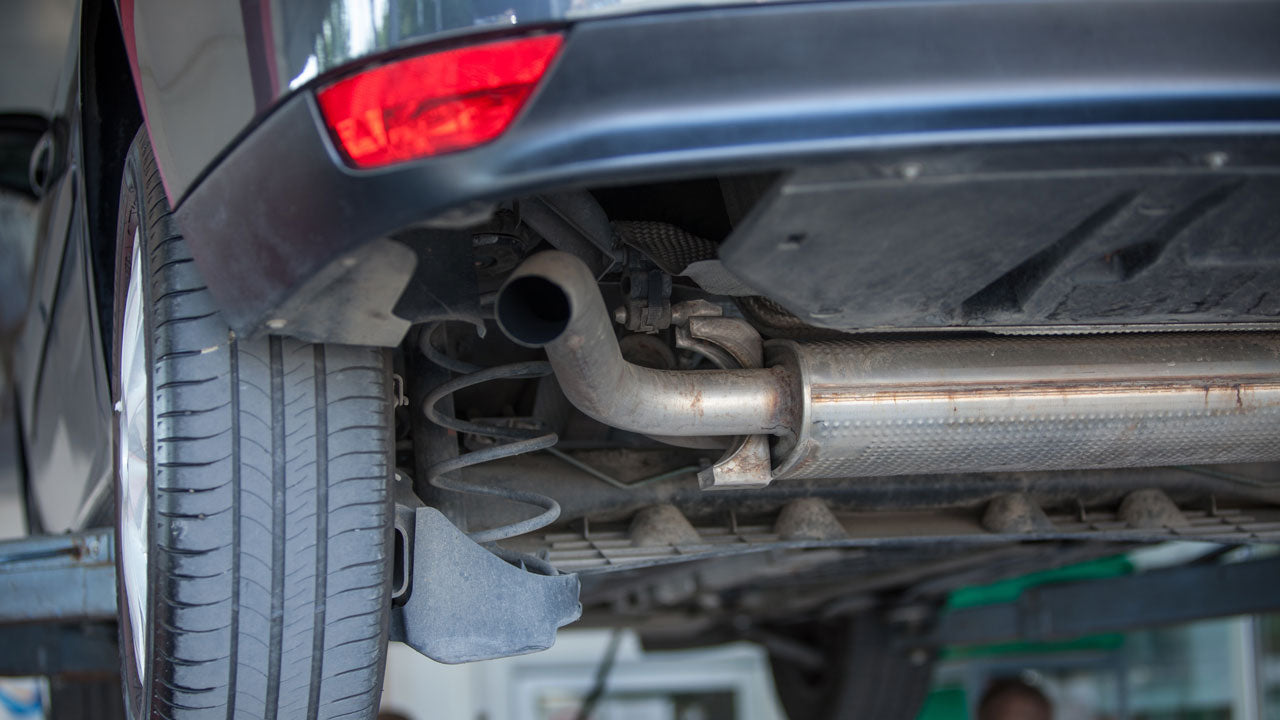Minivan vs. SUV: Which is the Better Choice?
Cansu ErdalShare
Choosing the perfect vehicle for your family is a significant decision that can impact your daily life, travel plans, and overall convenience. For many families, the debate often narrows to two leading contenders: the minivan and the SUV. Both vehicle types have evolved significantly over the years, offering a wide array of features, capabilities, and designs tailored to meet the diverse needs of modern families. However, deciding which one is the better choice can be challenging due to the unique advantages and potential drawbacks of each.

In this blog post, we will explore the key differences between a minivan and an SUV, providing you with the insights needed to make an informed decision. Here, you can find sufficient answers to FAQs about minivans vs. SUVs. Whether you prioritize the practicality and comfort of a minivan or the versatility and rugged performance of an SUV, our goal is to help you find the perfect vehicle that will enhance your family's mobility and overall driving experience.
Is a minivan considered an SUV?
No, a minivan is not considered an SUV. But, many people can’t answer exactly the “Is a minivan bigger than an SUV?” and “a minivan or SUV for family of 5?” questions. So, let’s look at the main differences between a minivan and an SUV in the following.

What are the main differences between a minivan and an SUV?
Design and Structure
- Minivans: These vehicles typically have a boxier shape and a lower ride height. Their sliding doors also offer passenger comfort and ease of entry/exit.
- SUVs: They generally have higher ride height and a more rugged, off-road-capable design. Traditional swing-out doors are common.
Drivetrain
- Minivans: Predominantly front-wheel drive, with some models offering all-wheel drive.
- SUVs: Often available in rear-wheel drive or all-wheel drive, with many offering four-wheel drive for off-road use.
Fuel Efficiency
- Minivans: Typically have fewer engine choices, which can limit their fuel economy. Most minivans average about 22 miles per gallon (mpg).
- SUVs: The fuel efficiency of SUVs varies widely. Some SUVs get around 17 mpg, while others can achieve up to 27 mpg.
Ground Clearance
- Minivans: Designed with a lower ground clearance, facilitating easier entry and exit for passengers. This feature is particularly advantageous for families with young children or elderly individuals, offering a more accessible height for boarding and disembarking.
- SUVs: Boast higher ground clearance, which supports their higher seating and capability to navigate uneven terrain and off-road conditions effectively. This elevated clearance allows SUVs to handle obstacles such as rocks, mud, and snow more adeptly, making them suitable choices for outdoor enthusiasts and adventurers seeking versatile performance.
Seating Capacity
- Minivans: Typically seat 7 to 8 passengers with configurable seating options to maximize space and comfort.
- SUVs: These vehicles can vary widely in seating capacity, ranging from 5 to 8 passengers, often with less flexibility in seating arrangements compared to minivans.
Cargo Space
- Minivans: Usually provide more cargo space, especially with seats folded or removed, due to its design.
- SUVs: Generally offer less cargo space compared to minivans, though some large SUVs come close.
Lifestyle and Usage Scenarios
- Minivans: Minivans are ideal for large families. They provide ample seating and cargo space, making them perfect for everyday use and long family trips. Features like sliding doors and low step-in heights ensure easy access for young children and elderly members, while built-in entertainment systems and versatile storage solutions add to their practicality.
- SUVs: SUVs are the go-to vehicles for families seeking versatility and adventure. Designed to handle diverse terrains and weather conditions, they feature four-wheel drive, higher ground clearance, and robust construction, making them ideal for off-road activities and towing needs. SUVs also offer spacious and flexible interiors, often with third-row seating, catering to growing families.
What is the regional distribution of minivans and SUVs?
The distribution of minivans and SUVs can vary regionally based on several factors, including consumer preferences, economic conditions, infrastructure, and cultural influences. Here’s a general overview of how these vehicle types are distributed across different regions:

North America
- Minivans: Historically popular in North America, especially in the United States and Canada, due to their spacious interiors and family-friendly features. While their popularity has declined somewhat with the rise of SUVs, they still have a significant presence in suburban and family-oriented areas.
- SUVs: These vehicles have recently become very popular across North America, particularly in the United States. They are often preferred for their versatility, higher ground clearance, and off-road performance.
Europe
- Minivans: Minivans have a smaller market share in Europe than in North America. European brands have offered compact and efficient minivans that appeal to urban and suburban lifestyles.
- SUVs: SUVs have gained popularity in Europe, with compact and crossover models particularly favored due to their blend of urban practicality and occasional off-road capability.
Asia-Pacific
- Minivans: Minivans are very popular in parts of Asia-Pacific, particularly in countries like Japan and South Korea. They are often used as people movers and for transporting large families.
- SUVs: SUVs have grown significantly in popularity across Asia-Pacific, driven by economic growth and changing lifestyles. Compact and mid-size SUVs are especially popular in urban areas for their practicality and perceived status.
Latin America
- Minivans: Minivans have a niche market in Latin America, particularly in countries where large families and long-distance travel are common.
- SUVs: SUVs have gained traction in Latin America, appealing to consumers looking for versatility and ruggedness on diverse terrain.
Middle East and Africa
- Minivans: Minivans have a limited presence in these regions, primarily used for commercial purposes such as transportation services.
- SUVs: SUVs are highly popular in the Middle East and parts of Africa, where their ruggedness and off-road capability are valued.
Which is better for towing, a minivan or an SUV?
Generally, an SUV is better for towing compared to a minivan. SUVs are typically built on a truck-based platform, which provides a more robust chassis and higher towing capacity. They also often come with more powerful engine options and advanced towing features like trailer sway control and enhanced cooling systems.

Minivans, on the other hand, are designed more for passenger comfort and cargo space, and they usually have lower towing capacities. While some minivans can tow small trailers or lightweight loads, they generally don't match the towing power of SUVs.
Are minivans or SUVs more expensive to maintain?
The cost of maintaining a minivan versus an SUV can vary based on several factors, including the make and model, age, and specific maintenance needs of the vehicle. However, some general trends can be observed:
Minivans
- Lower maintenance costs: Minivans often have lower maintenance and repair costs compared to SUVs. This is partly due to their design, which is typically focused on family use and passenger comfort.
- Less complex drivetrain: Minivans usually have front-wheel drive, which can be less expensive to maintain than the all-wheel-drive systems commonly found in SUVs.

SUVs
- Higher maintenance costs: SUVs often have higher maintenance costs due to their more complex systems, such as all-wheel drive or four-wheel drive.
- More rugged design: The rugged design and heavier components of SUVs, while beneficial for towing and off-road capabilities, can lead to higher repair costs.
What is safer: SUVs or minivans?
Both SUVs and minivans have their own safety advantages and considerations:
Minivans:
- Lower Center of Gravity: Minivans generally have a lower center of gravity compared to SUVs, reducing the risk of rollover accidents.
- Design: They are designed primarily for families and often include features like rear-seat reminder systems and extensive child seat anchoring systems.
- Visibility: Typically, minivans offer better visibility due to larger windows and better sightlines.
SUVs:
- Size and Weight: SUVs tend to be larger and heavier, which can offer better protection in collisions, especially in multi-vehicle accidents.
- All-Wheel Drive (AWD): Many SUVs have AWD or four-wheel drive, which provides better traction and stability in adverse weather conditions.
- Advanced Safety Features: Many modern SUVs are equipped with advanced safety technologies, such as automatic emergency braking, lane departure warnings, and blind-spot monitoring.
Ultimately, the safety of either vehicle type depends on specific models, their safety features, and how they are driven. Checking crash test ratings and safety features of specific models is crucial for making an informed decision.
How do minivans and SUVs compare in terms of insurance costs?
Insurance costs for minivans and SUVs can vary based on several factors, including the specific make and model, the driver’s history, and location. Generally, here’s how they compare:

- Minivans: Minivans often have lower insurance premiums than SUVs. This is because they are typically driven by families, and they engage in fewer high-risk driving behaviors.
- SUVs: SUVs generally have higher insurance premiums than minivans. Their larger size and higher cost of repair can contribute to this. SUVs have a wider range of uses and may be driven in more challenging road conditions, sometimes leading to a higher perceived risk by insurers.
Which has a better resale value, a minivan or an SUV?
Many different factors determine the resale value of a minivan and an SUV. These factors can include brand, condition, mileage, and model popularity. Let’s look at which one has a better resale value below:
- Minivans: Minivans primarily appeal to families with specific needs, leading to a narrower market versus SUVs.

- SUVs: SUVs are popular across various demographics due to their versatility, spaciousness, and perceived safety. High demand often translates to better resale value. SUVs are versatile and can be used for commuting, off-roading, and family transport, appealing to a broader audience. The automotive market has significantly shifted towards SUVs and crossovers, driving up their resale values.

Should I get a minivan or an SUV?
If you prioritize family comfort, interior space, and easy access, you may buy a minivan. But, if you need versatility, off-road capabilities, and a stylish vehicle, you may get an SUV. On the other hand, if you want to get the most out of your minivan or SUV, all you need to do is upgrade your vehicle with the best throttle controller on the market. Keep reading and learn more about it!
How to Make Your Minivan or SUV Better with Pedal Commander®?
Pedal Commander® is the most practical, versatile, and advanced throttle response controller on the market. It is engineered to eliminate throttle lag, ensuring your minivan or SUV responds instantly and precisely when you press down on the accelerator pedal. This means smoother and quicker acceleration, making everyday driving more enjoyable and efficient. Accordingly, Pedal Commander® makes your vehicle feel more powerful and agile, especially during overtaking or merging on highways.

What makes Pedal Commander® stand out are its four adjustable modes: Eco, City, Sport, and Sport+. With the Pedal Commander® app, you can easily switch between these modes to tailor the throttle response based on your current driving needs. So, you can get the most out of your minivan or SUV with Pedal Commander®.


